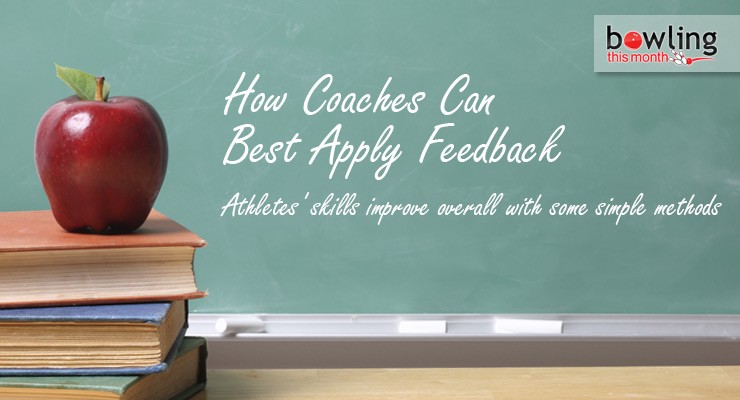In previous issues of Coaching Concepts, I have advocated that the quality, rather than the quantity, of feedback is most important when instructing bowlers. Last time I provided a method where coaches can get athletes involved in the decision making process by using self-selected feedback.
In this issue, I continue this discussion on reducing feedback focusing on techniques (i.e., summary or average feedback method) that coaches can use to determine when feedback should be given, without the bowler’s input, in order to be more effective in their coaching method and improve the learning and retention of their instruction.
The bottom line is that providing feedback on all shots may not be the most effective method of feedback and coaches should find more ways of coaching effectively without providing excessive feedback.
Summary feedback
Summary feedback is a way to tell athletes how they performed on several practice attempts without the repetition of providing feedback after every single shot. Giving the feedback after a certain number of shots, rather than after every shot, allows for the same quality of information with less frequency.
In the 2012 Coaches Concepts articles in BTM, where I interviewed expert bowling coaches about their feedback use, some already used the summary feedback technique. For example, when discussing how often he provides feedback to bowlers, Steve Fuhrman suggested “I don’t provide feedback on every shot. I like to have students take three shots and then discuss.… So, by waiting for three shots, there’s opportunity for enough variety to use as basis for conversation and additional feedback.” Steve uses the previous three shots as a basis for discussion around the good and bad parts of the shot attempt. He provides feedback and allows discussion to develop so that lines of communication continue to develop, which helps build rapport.
There have been a few studies that have provided favorable results for summary feedback, but I focus first on an article by Schmidt, Young, Swinnen, and Shapiro (1989). As always, I will explain the experiment and results in bowling ...
This article is only available to Bowling This Month subscribers. Click below to get instant access to this article and all of our other premium instructional content.
Subscribe to Bowling This Month
Already a Bowling This Month subscriber? Click here to log in.
Image Credits: Chalkboard background image (©iStock.com/lewkmiller) is licensed for use by BTM and is the copyrighted property of its original creator.
